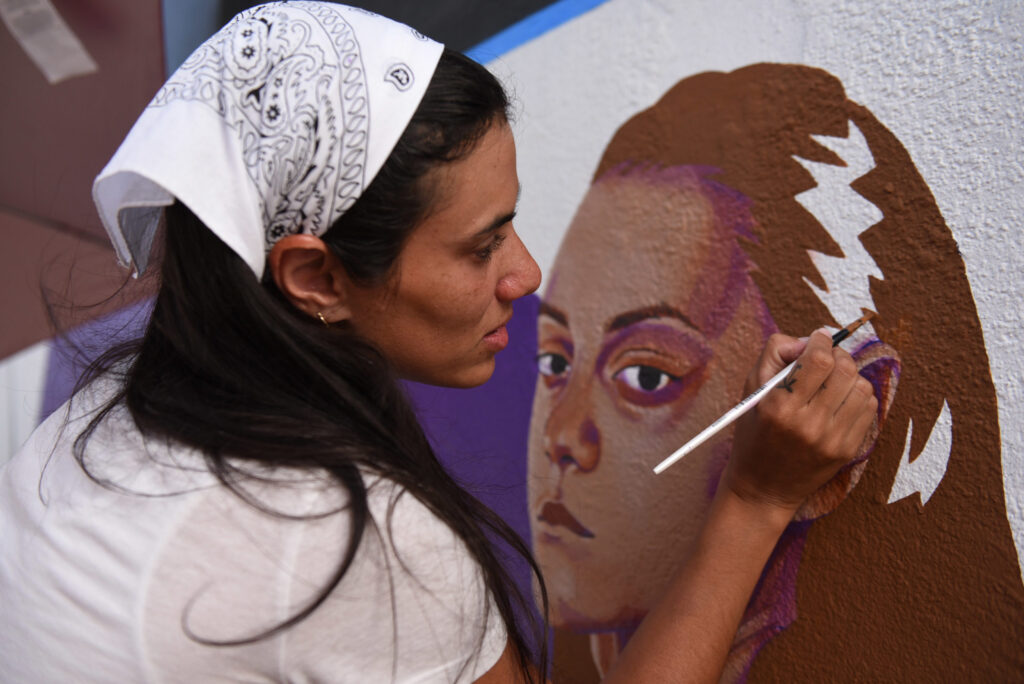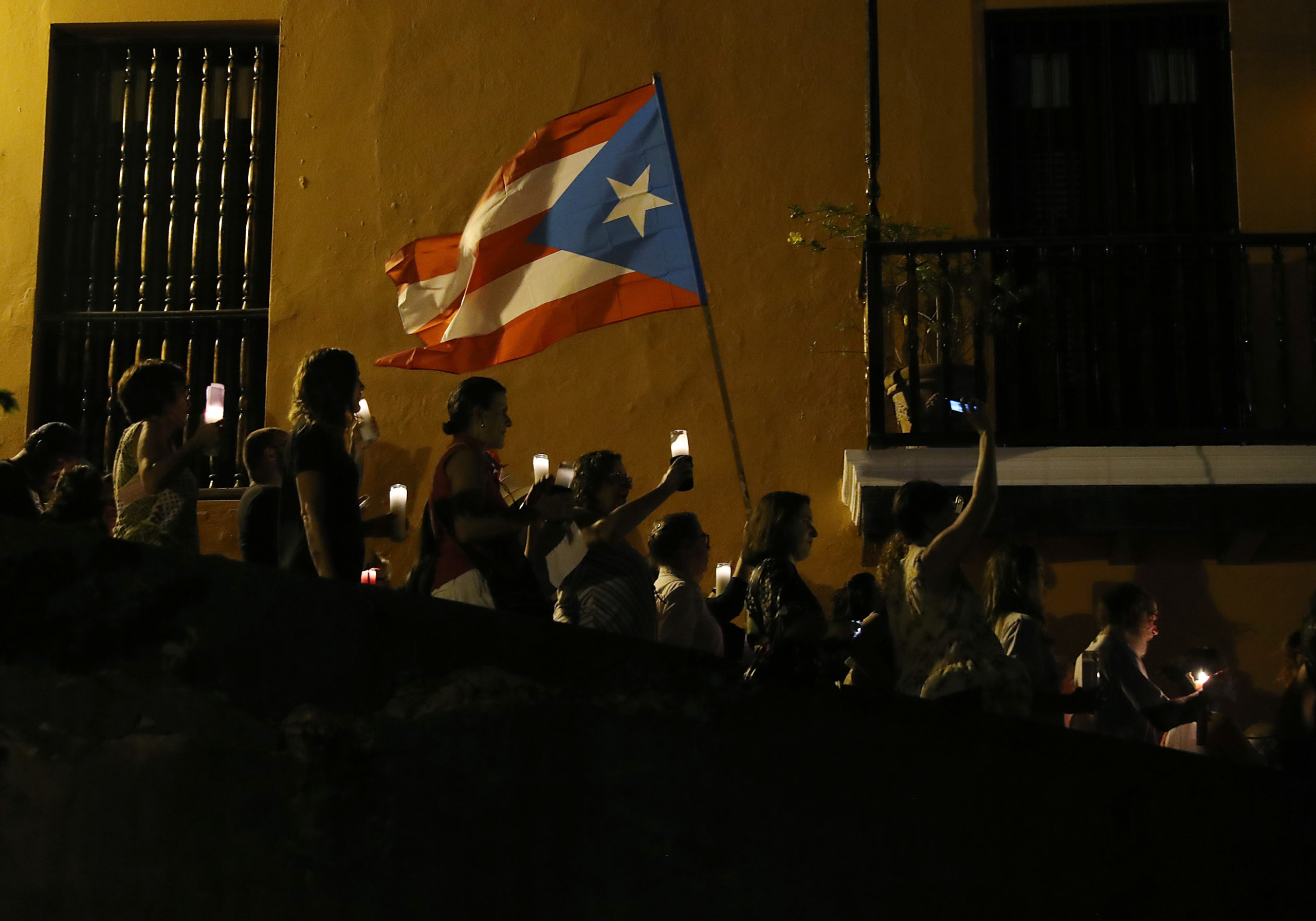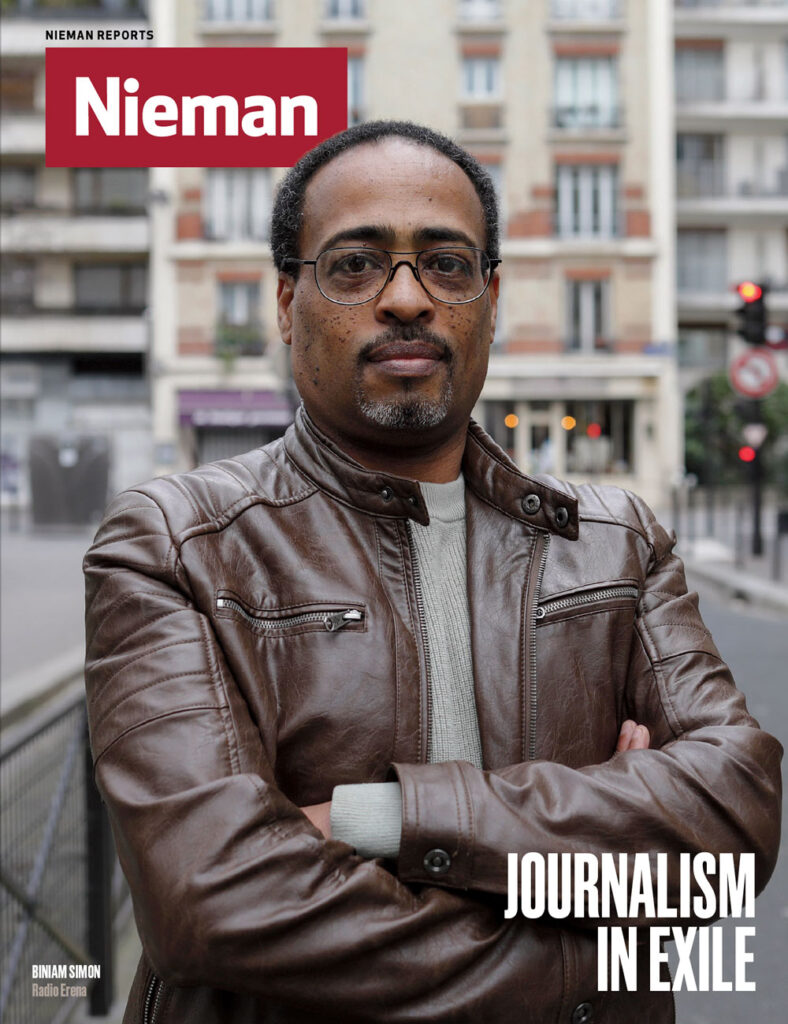La Perla del Sur, one of the few independent media outlets in Puerto Rico to cover news outside the capital, San Juan, announced in June that it was printing its final edition. After four decades, it was unable to overcome the steady loss of income that had compounded over the last five years, which led to print editions of only 12 pages, far from the 80 pages this local paper averaged in its glory days.
Readers of the weekly La Perla del Sur (The Pearl of the South) in its home base of Ponce, Puerto Rico’s main southern city, and across the region were devastated by the loss of one of the few Puerto Rican newspapers to hold power to account in that area. The outlet was widely known, for example, for following up for years on the unregulated disposal of toxic ash from a coal energy plant in southern landfills, and the community’s protests against this practice. Journalists, too, bemoaned yet another closure, this time of an outlet known for its serious and rigorous journalism that had in recent years garnered industry recognition, including multiple awards.
But just three months after folding, La Perla del Sur announced its return, with new ownership and as a digital-only publication. The same journalists would be in charge of its coverage, but the funding model was new — and quite unusual in Puerto Rico.
La Perla del Sur is the latest in a string of independent media initiatives in Puerto Rico seeking to provide critical information during a time marked by natural, economic, and political disasters. Over the past five years, Puerto Ricans have experienced the catastrophe of Hurricane María, an ousted governor, a string of earthquakes that shook the country's southern coast for weeks, a global pandemic and, most recently, catastrophic flooding in the wake of Hurricane Fiona. All this in the midst of a nearly two-decade-long fiscal crisis and a government bankruptcy process that brought austerity and cuts to public services.
In the wake of multiple disasters and the fiscal crisis, as well as the decline of television, radio, and text news sources, a range of more specialized — mostly digital and niche — projects have sought to fill the gap
Omar Alfonso, a journalist for La Perla del Sur for 30 years and currently its executive editor, is optimistic about the project’s future. A local businessman purchased the rights to the weekly's name from the family of its founder, the late Juan Nogueras de la Cruz. “There was a mismatch between editorial progress and commercial progress,” Alfonso says. “On the one hand, the paper’s editorial reputation was growing, but, on the other, the company was bleeding money.”
Rather than relying on advertising dollars, La Perla del Sur is working under a hybrid model that includes fixed monthly contributions from local companies and individual sponsors — much like America’s Public Broadcasting Service relies on corporate donations to deliver programming — and income from special events related to their coverage and other topics of interest for the community. The hope is to have the resources to pay the outlet’s four full-time journalists and 20 freelancers and collaborators while also guaranteeing the newspaper’s operation through the end of the year.
“The loss of La Perla del Sur caused an impact in the area, and institutions stood up and said, ‘Let’s do whatever we have to do to bring it back,’” Alfonso says. Since their return, La Perla del Sur reporters have documented the stagnation in the reconstruction process in the southern towns most devastated by the 2020 earthquakes. In Peñuelas, more than 500 houses left uninhabitable are yet to be demolished, and three years later families are still waiting to rebuild and resume their lives in their home communities.
Not all independent media outlets that have emerged in Puerto Rico in recent years are based on legacy projects or legacy financial models. In the wake of multiple disasters and the fiscal crisis, as well as the decline of television, radio, and text news sources, a range of more specialized — mostly digital and niche — projects have sought to fill the gap.
Journalist and professor Amary Santiago Torres recalls meeting with her friend and colleague Cristina del Mar Quiles two months after Hurricane María in 2017, when most of the island was still without electricity and struggling to access basic services. Together, they sought to answer the question: What would our ideal media outlet look like?
They knew each other from their years working in legacy media: Santiago Torres worked for 17 years at Primera Hora newspaper, which she left in 2015 after accepting an offer to retire early; Quiles left her job in the same newsroom in 2016. Together they concluded that their dream publication didn’t exist in Puerto Rico. So, they decided to launch Todas to cover the multiple crises — as well as proposed solutions — on the island, all through a feminist lens.
"Looking at the panorama, all the layoffs and lacking opportunities, we decided that we wanted to create an opportunity, and we always thought big," Santiago Torres says, adding that they used other Latin American feminist publications — like LatFem from Argentina and GK from Ecuador — as guides.
In November 2018, a year after that meeting, Todas published its first stories, roughly coinciding with protests across Puerto Rico calling for the government to declare a state of emergency over a wave of violence against women. While experts warned about the increase of gender violence after a disaster like Hurricane María, Todas reported on the Puerto Rican government’s lack of reliable data to keep track of sexual violence against women.It was immediately evident that people wanted a publication like Todas, Santiago Torres says — the outlet has some 40,000 followers across social networks — but the demand also put a strain on the young publication: “People gave us that approval, sharing our stories and asking for more coverage … But we fell into a rhythm of daily coverage which wasn't what we’d planned. Now we’re trying to move away from that pace because we can’t keep up with it.” They are now focused on in-depth features that, ideally, would publish weekly or every other week, and long-term investigations.
Despite the public’s warm reception, the founders of Todas still work as volunteers, and Santiago Torres acknowledges that growth has been gradual. But she believes in the model, and is confident they’re beginning to see results.

Unlike many independent outlets, Todas follows a for-profit model, combining grants from philanthropic entities and direct donations from readers with revenue from Equilátera, a branded content agency whose profits go entirely to the project. Santiago Torres, who leads Equilátera’s work, said the newsroom keeps editorial independence by following strict ethical guidelines, making sure that, in case they need to cover a story on one of the agency’s clients, the reporter assigned has not worked with them on the commercial side of the business. Also, they do not contract with government agencies or public officials.
“It’s hard because we’re doing one job to support another job,” acknowledges Santiago Torres. Through Equilátera, they’ve created content for local media and for nonprofit and private organizations, and they also plan to provide social media management services. “We’ve tried to diversify our sources of income so as not to depend on just one,” she says. “At first, the work was voluntary. Now, we have a part-time journalist, and she gets paid. Columnists are also paid, and our hope is to pay everyone eventually.”
As part of these diversification efforts, Todas has also collaborated with other independent media outlets, such as Puerto Rico’s Center for Investigative Journalism (CPI). Together, they have offered workshops for journalists on feminist coverage and launched a new gender-focused investigative unit. In early November, that team published its first investigation, in collaboration with the Miami Herald, revealing an alarmingly low rate of convictions of Puerto Rico policemen who had been arrested on domestic violence charges in the past decade. As part of the investigation, CPI had to sue the Puerto Rico Police Bureau to access public data on how many of these agents were still active and other information on how the agency deals with these cases. After a year in court, reporters were granted access to information that confirmed a poor implementation of domestic violence prevention policies within the force. (Disclosure: I also collaborate with CPI on stories.)
In recent years, as CPI has grown, it has sought to collaborate with other local outlets as well. The nonprofit was founded 10 years before Hurricane María hit Puerto Rico. Its mission: to produce investigative journalism and promote access to public information. “Before the hurricane, we had financing sources that allowed us to grow, increasing our budget from one year to the next, but in a conservative way,” says Carla Minet, CPI’s executive director. But “none of us could have prepared to cover an event like María and the government’s response. That was a defining moment for the center.”
It wasn’t easy. First, CPI’s reporters — like many across the island — had to focus simply on surviving. In the days after the storm, they had limited access to electricity and gasoline, and little or no cell phone service. But over time, many people came to rely on CPI’s post-disaster coverage to understand the public’s needs, even as leaders denied the magnitude of the emergency. While the local and federal governments insisted for weeks that the storm had caused less than 70 deaths, reporting from the CPI and other local outlets in the field told the story of funeral homes, crematoriums, and morgues operating at capacity, and locals burying family members in backyards. These were the first indications that the death count — and the survivors’ needs — were much greater than officially admitted. CPI would eventually work on an award-winning investigation, in collaboration with Quartz and The Associated Press, that revealed hundreds had died in the aftermath of Hurricane María. It is now believed that around 3,000 people perished from causes directly or indirectly related to the storm and its poorly managed aftermath.
“We’re going to be where no one else is, where no one’s paying attention, and where they need us most”
—Omar Alfonso, executive editor of La Perla del Sur
“We didn’t see the disaster as an opportunity, but as the months passed, we began to see how organizations found valuable information in our stories — like data and statistics — that informed policy or decisions about the distribution of funds,” explains Minet. “That’s when several foundations reached out to the Center to support our work.”
Then came the summer of 2019, when CPI published a text chat between Gov. Ricardo Rosselló and close aids mocking the victims of Hurricane María, as well as a hard-hitting story about government corruption. The revelations prompted social unrest that led to the ouster of Rosselló. Unprecedented support poured in for CPI, including from citizens who spontaneously organized fundraising campaigns and donations from philanthropic organizations that support journalism.
“The Center began to receive a lot of international recognition, which generated income and allowed us to put together a team dedicated strictly to development,” Minet says. “They’re not journalists; they dedicate themselves to creating campaigns, looking for opportunities for collaboration.”
With so many untold stories and a pressing need for investigative journalism in Puerto Rico, Minet says it’s increasingly important for organizations to share resources and experiences — and to find ways to strengthen journalism as a whole. In addition to its collaboration with Todas — which Minet describes as an outlet that works “with great seriousness, with great rigor” — CPI is hopeful about the revival of La Perla del Sur.
The two newsrooms have collaborated for more than six years, with La Perla del Sur publishing CPI’s stories. And in 2016, La Perla del Sur executive editor Alfonso published an investigation with CPI that documented serious health impacts on communities in Puerto Rico and in the Dominican Republic due to exposure to the ash produced by the AES coal plant on Puerto Rico’s southern coast. Alfonso won the National Journalism Award from the Puerto Rican Association of Journalists for the investigation.
He says the publication hopes to continue this type of work, telling stories from communities beyond the mainstream media’s radar and seeking answers to their questions and problems: “We’re going to cover the city, the environment, we’re going to be pro-region and pro-country, and we’re going to be where no one else is, where no one’s paying attention, and where they need us most.”




